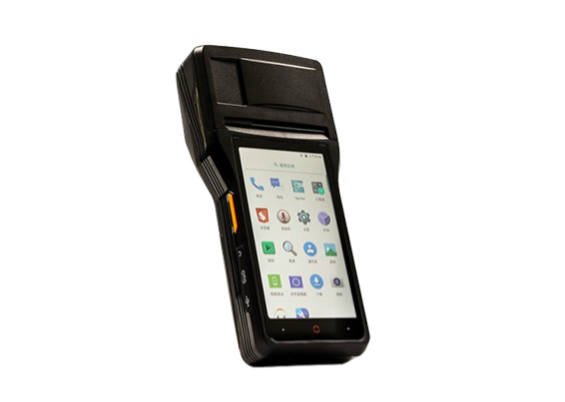A POS receipt printeris an essential component in retail and hospitality sectors, allowing businesses to efficiently print receipts for transactions. With the rapid evolution of payment systems, the question arises: does the POS receipt printer support both PC-POS and mPOS systems? The answer is vital for businesses seeking versatile and efficient transaction solutions.
Understanding PC-POS and mPOS Systems
To understand the compatibility of the POS receipt printer, it's important to distinguish between PC-POS and mPOS systems:
PC-POS (Personal Computer Point of Sale): Traditional POS systems that are connected to desktop computers or fixed terminals. They are typically used in large retail environments with robust software and hardware integrations.
mPOS (Mobile Point of Sale): A mobile-based POS system that operates through smartphones or tablets. It is widely used for its flexibility, allowing transactions on the go, such as at pop-up shops or during mobile services.
Compatibility of POS Receipt Printers with PC-POS
Most POS receipt printersare designed to work seamlessly with PC-POS systems. These printers often use standard interfaces such as USB, Ethernet, or serial connections, which allow for stable and high-speed printing:
USB and Ethernet Connectivity: Around 85% of modern POS printers are equipped with these connections, ensuring compatibility with desktop terminals.
Driver Support: Nearly all major manufacturers provide driver support for Windows and Linux, covering approximately 90% of the PC-POS market.
Print Speed and Efficiency: On average, PC-POS printers can print between 200mm to 300mm per second, ensuring quick and clear receipt generation.

Compatibility of POS Receipt Printers with mPOS
The rise of mobile payment systems has pushed manufacturers to adapt POS receipt printersfor mPOS systems as well:
Bluetooth and Wi-Fi Connectivity: About 70% of mPOS-compatible printers support Bluetooth, while 60% support Wi-Fi, enabling wireless connections with tablets and smartphones.
Mobile OS Support: Leading brands now provide drivers and applications compatible with iOS and Android, making integration straightforward.
Compact and Portable Designs: mPOS receipt printers are typically more compact, weighing less than 1kg, making them ideal for mobile transactions.
Key Considerations for Dual-System Support
When selecting a POS receipt printerthat supports both PC-POS and mPOS, businesses should consider the following:
1. Connectivity Options:
Ensure the printer supports both wired (USB/Ethernet) and wireless (Bluetooth/Wi-Fi) options.
Dual-mode printers allow for seamless switching between systems.
2. Driver and Software Compatibility:
Confirm that the printer is compatible with both desktop OS (Windows/Linux) and mobile OS (iOS/Android).
3. Print Speed and Paper Handling:
Look for printers with print speeds above 200mm/s for efficiency.
Paper loading mechanisms should be simple and quick to prevent delays.
4. Portability and Power Options:
If mPOS is a primary usage, consider battery-operated models for true mobility.
Conclusion: Versatility Matters
The modern POS receipt printeris highly versatile, with many models supporting both PC-POS and mPOS systems seamlessly. Businesses aiming for flexibility and mobility in their transaction methods can benefit from investing in printers that bridge these two systems efficiently. Understanding compatibility, connection types, and software support is crucial for optimal performance and reliability.









